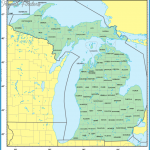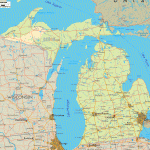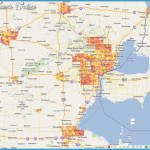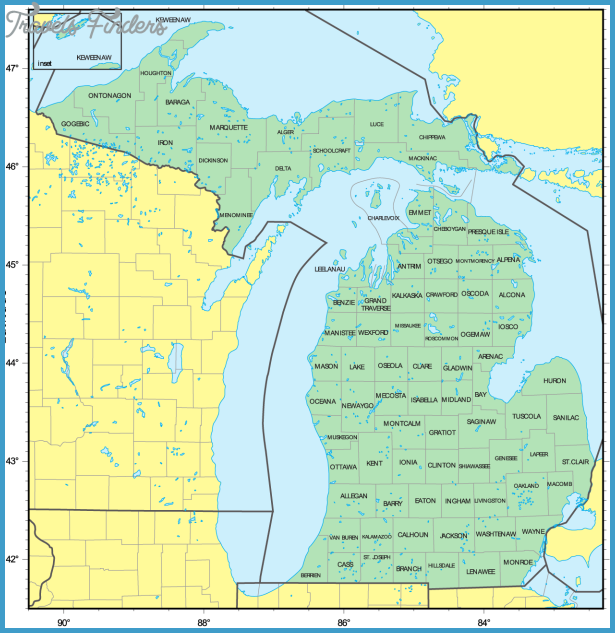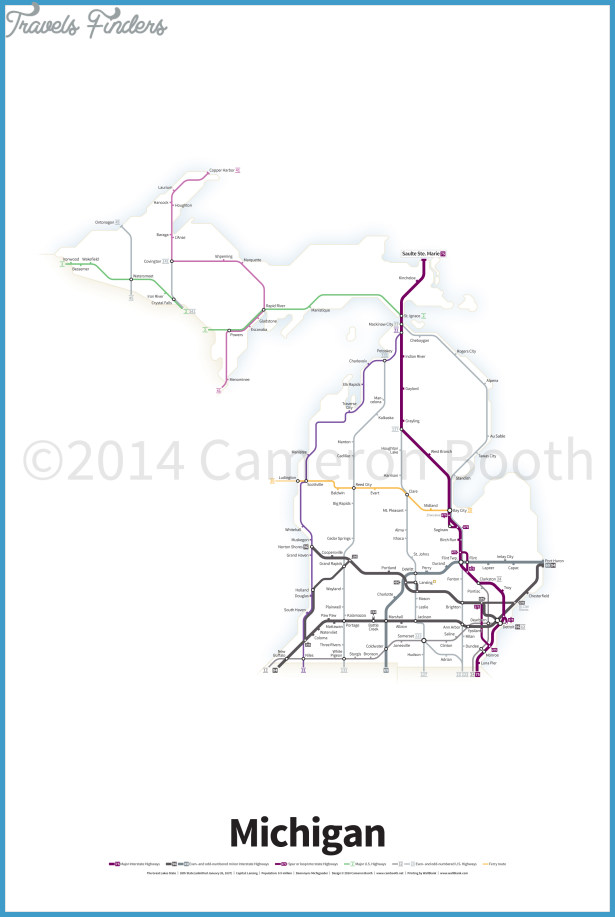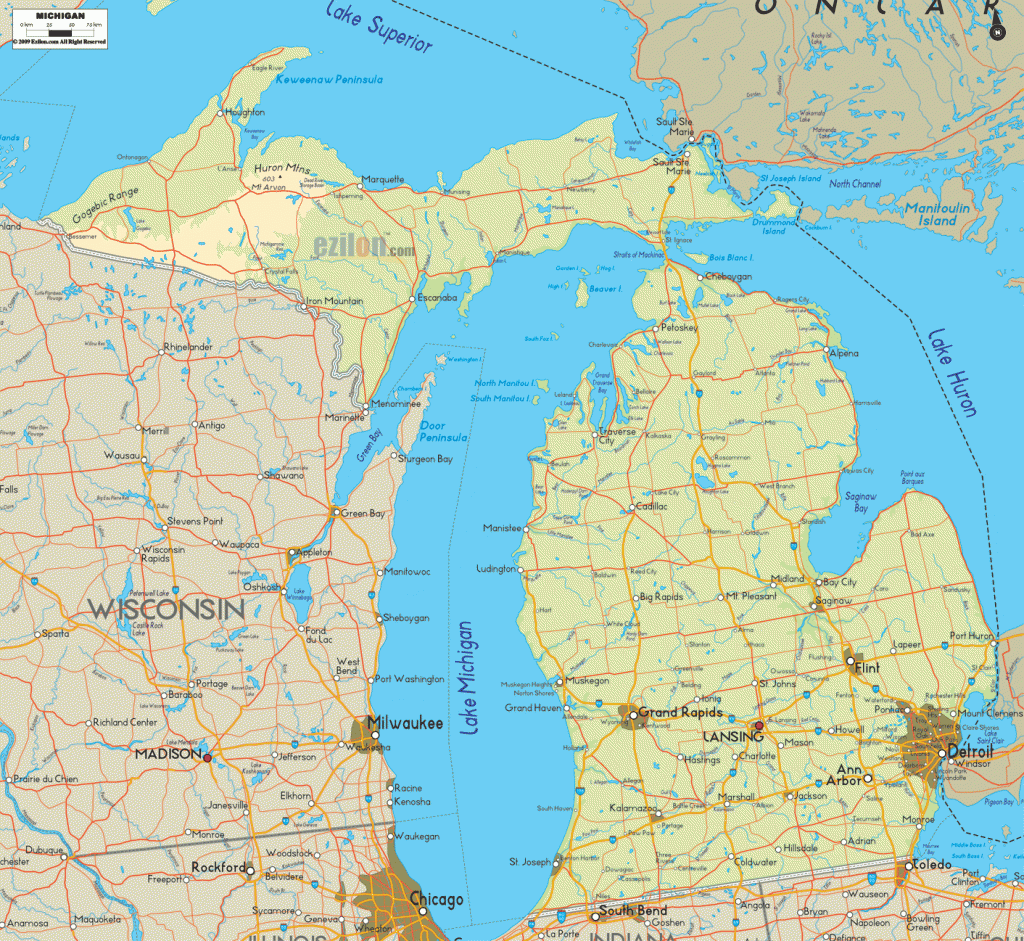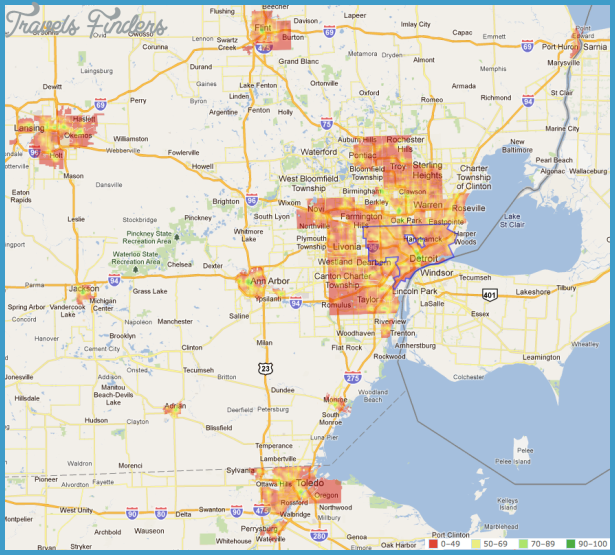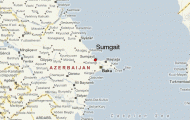Michigan Depression, Repatriation, and War
During the Great Depression Michigan’s farms and factories began to lay off workers, pushing thousands into homelessness and hunger. Meanwhile, across the United States the Depression gave new impetus to a movement to cleanse the country of foreigners, especially Mexicans. Michigan officials began espousing these ideas as the sharp rise in unemployment and extreme poverty overwhelmed state and local welfare agencies. Jobs and aid, they decided, should be reserved for Americans. Yet, they saw even U.S.-born people of Mexican descent as something less than fully American. Soon the Detroit welfare department and the federal government joined the Mexican consulate in offering to pay transportation costs to Mexico for unemployed workers, instead of providing standard relief. Trainloads carrying hundreds of Mexican nationals from Michigan, along with many U.S. citizens of Mexican ancestry and some non-Mexican husbands and wives of Mexican citizens, departed for the Texas border between 1931 and 1933. All told, between 1928 and 1936 the Detroit Mexican population shrank from more than 15,000 to about 1,200.3 This was not quite the same thing as forced deportation.
But it was a type of ethnic cleansing, nonetheless. When officials refused to grant public assistance to hungry and homeless people because of their Mexican origin, they made the choice something less than completely voluntary. The most notable and unusual aspect of the repatriation campaigns in Michigan was the involvement of two of the most famous Mexican visual artists of the twentieth century. Diego Rivera and Frida Kahlo moved to Detroit in 1932, when Edsel Ford commissioned Rivera to paint a fresco at the Detroit Institute of Arts depicting Ford’s Rouge River automobile plant. Rivera, a communist, used both his fame and his money to help organize Mexicans in the state into the Liga de Obreros y Campesinos. In the Liga he articulated a sharp critique of U.S. capitalism, which, given the condition of Michigan’s economy, appeared to be on the brink of collapse.
He proposed that citizens of Mexico living in Detroit return to -Mexico, where the left-leaning government of Lazaro Cardenas had promised to help returning workers build rural cooperatives. Rivera traveled around the state, organizing rural and urban workers in support of the plan and registering more than 5,000 for repatriation. When the first trainloads of repatriates left Detroit in November 1932, Rivera and Kahlo walked through the cars to bid farewell to their compatriots. Neither officials in Michigan, nor train companies, nor the Mexican government lived up to their promises, leaving repatriates stranded on trains or in border towns with little to eat and no place to resettle. Many repatriates, especially those born in the United States, eventually made their way back to Detroit.
Within a year, Rivera reversed his opinion on the repatriation program, arguing that Mexicans should stay in Michigan and organize themselves there.

